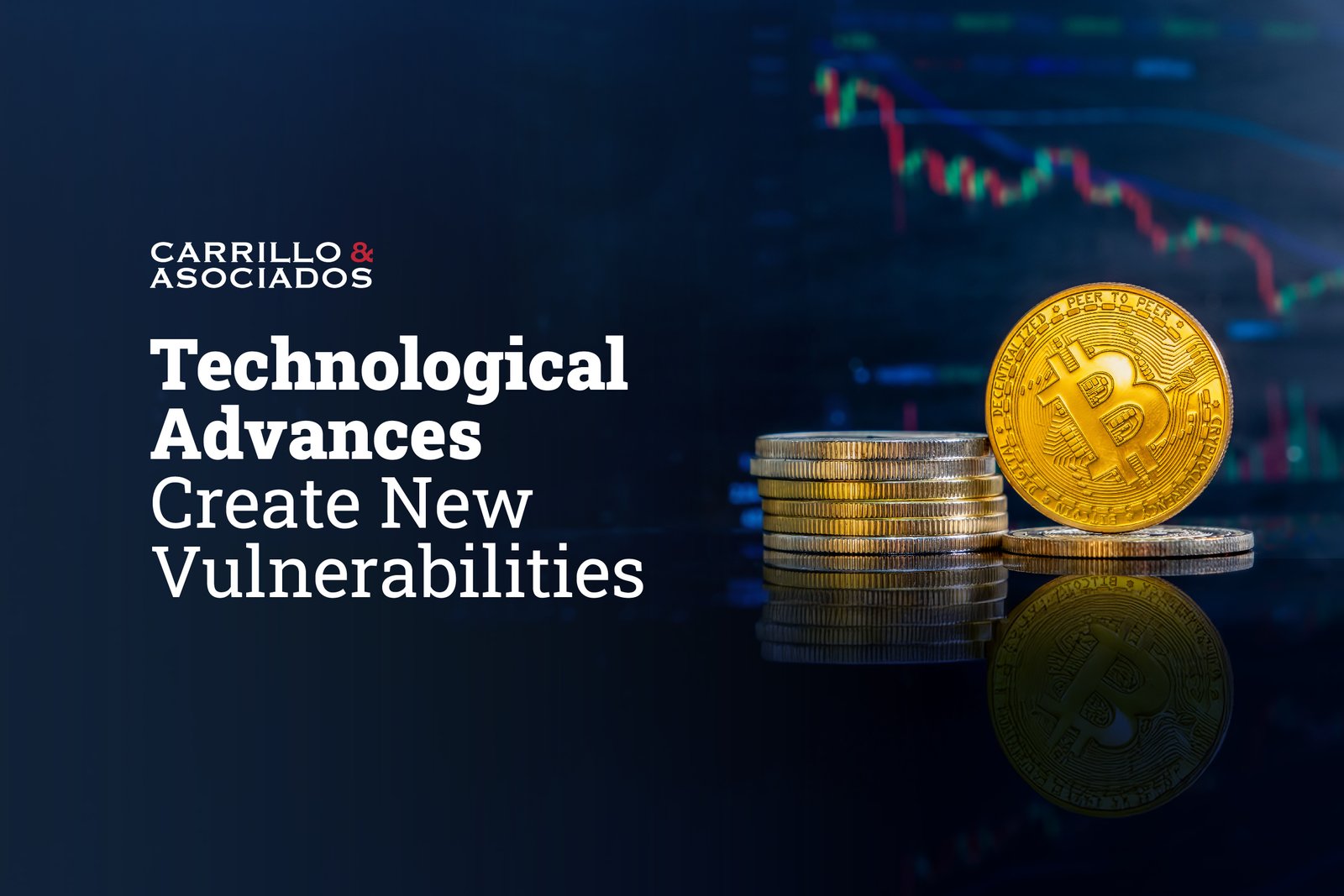
In June 2025, the US Attorney's Office announced the largest seizure of funds related to cryptocurrency scams. Upon investigation, they discovered that the virtual assets, totaling more than US$225.3 million, were part of a sophisticated blockchain-based money laundering network used to conceal the nature, origin, and ownership of proceeds derived from cryptocurrency investment fraud.[1]
This is just one example of how criminals have embraced the use of technology to enhance anonymity and conceal the movement or origin of funds under the guise of privacy. According to the Federal Bureau of Investigation's (FBI) 2024 Internet Crime Report, cryptocurrency investment fraud caused more than US$5.8 billion in losses in 2024 alone.
The reality, beyond specific criminal acts, is that the use of digital assets in the field of financial technology has grown exponentially, and that the trading of digital assets, which involves buying, selling, or exchanging, is increasing every day. This has led both countries and international organizations to begin taking measures to regulate the use of cryptocurrencies and digital assets.
From Global to Local Arenas
At the global level, the Financial Action Task Force (FATF), responsible for publishing and updating international standards on combating money laundering, terrorist financing, and the financing of the proliferation of weapons of mass destruction, has issued statements regarding new technologies.
The first thing they have established is that to manage and mitigate the risks arising from virtual assets, countries must ensure that Virtual Asset Service Providers (VASPs) are regulated, licensed or registered, and subject to effective monitoring systems.
Specifically on virtual assets and virtual asset service providers, the regional FATF organization for Latin America (GAFILAT) published guidelines in August 2023 that recognize that their use in the economy poses a challenge to the prevention and combating of money laundering and other assets.
This guidance for regulation includes an initiative to establish relevant definitions of concepts where there is still a lack of consensus, risk assessment processes, regulatory approaches, regulatory principles, licensing or registration, preventive measures, supervision, and national and international cooperation mechanisms.
This international context seems to have influenced Guatemala. In May 2025, a bill was introduced to regulate the use of cryptocurrencies and digital assets. Although still in its early stages, important players in the national financial landscape, such as the president of the Bank of Guatemala (Banguat), Álvaro González Ricci, warned of the need to regulate these assets to protect the population.
In addition, in August of this year, the executive branch presented a bill against money laundering that seeks to modernize legislation to close gaps, adapt criminal definitions of money laundering and terrorist financing, and include new debtors. According to President Bernardo Arévalo, if the reforms are not implemented, Guatemala could be placed on the FATF gray list in 2027. This list includes countries with strategic deficiencies in the fight against money laundering and terrorist financing.
In real terms, being included on these lists has economic implications that would negatively impact financial transactions or foreign direct investment (FDI).
Taking Action
If we look at recent data from the National Financial Inclusion Strategy (ENIF)[2], in Guatemala, 65% of the population has access to the internet and, in an estimated population of 18 million, there are 20.7 million mobile phone lines. In addition, 64% of the adult population has an active bank account.
This has driven a steady increase in the use of mobile financial services and digital financial solutions. As a result, banking transactions via electronic transfers have grown considerably.
This landscape creates opportunities for transactions through technological services and, naturally, for the adoption of virtual assets. Financial inclusion is recognized as a key element for the country's economic growth and sustainable development, bringing with it financial education, communication tools, and a push toward digitization.
But this trend also highlights the need for greater control. Therefore, recommendations for managing traditional risks must now also consider and incorporate issues related to the use of digital assets.
We have identified a general interest in prevention, both in commercial activities carried out by debtors and in other activities that are not considered commercial but show a proactive tendency to implement, update, and strengthen adequate internal controls. Below are some recommendations when dealing with virtual assets or Virtual Asset Service Providers (VASPs).
- Verify the existence of a regulatory framework for VASPs and/or virtual assets in their place of origin.
- Verify VASP compliance with licensing and registration requirements in their jurisdiction.
- Conduct a due diligence process on the VASP (Know Your Customer -KYC- and Know Your Provider -KYP-).
- Assess the market situation where the VASP operates to identify inherent risks in the relevant jurisdictions.
- Update the files of related providers and customers.
- Establish internal policies and procedures for reporting unusual transactions.
- Implement ongoing training processes for relevant personnel, including updates on related typologies and their evolution.
The use of digital assets has brought enormous advantages to the economy, but at the same time, like any disruptive phenomenon, it represents permanent and dynamic risks and challenges in terms of preventing and combating money laundering and terrorist financing. It is time to build a modern, dynamic, efficient environment that benefits the entire population, but without neglecting security.
If you have any questions, please do not hesitate to contact us.



Emanuel Callejas
Partner
Jennifer Bravo
Associate
Carlos López
Forensic Auditor
Publicado el 18 de agosto de 2025.